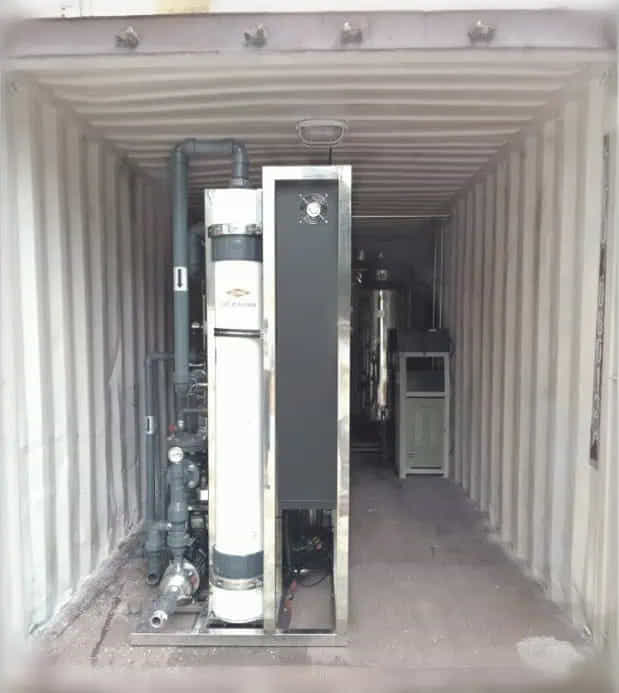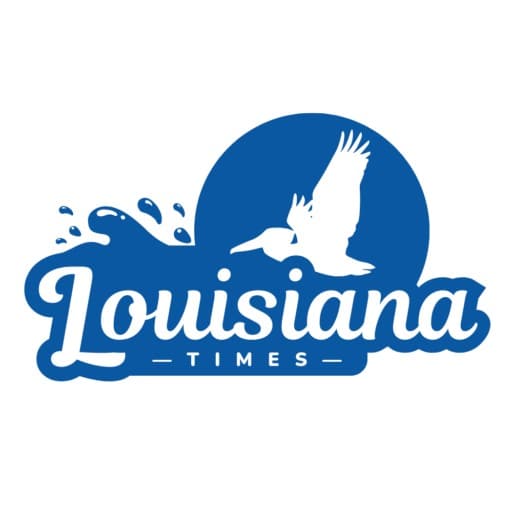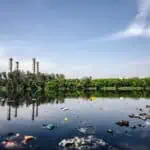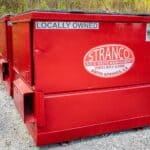Disasters tear through infrastructure, leaving essential services fractured and entire communities vulnerable. Clean water access is often one of the first casualties, affecting hospitals, food services, and temporary shelters. Commercial water filtration systems become vital in such emergencies, stepping in to maintain safe water supplies when traditional sources fail. Titan Source 1 states, “Effective disaster filtration begins long before the emergency—it’s built into how systems are planned, scaled, and deployed.”
1. Immediate Water Filtration During Crises
Swift water purification matters when public systems break down. Floodwaters can carry chemical waste, and wildfire runoff may introduce ash, metals, and organic debris. Commercial filtration systems must activate fast and handle broad contaminant loads with dependable consistency. Titan Source 1 supported temporary field clinics after a chemical plant spill, deploying units with high-capacity sediment traps, rapid chloramine filters, and inline UV disinfection—all within 12 hours of the incident.
-
FEMA estimates full restoration of water utilities may take 10–14 days after a major event
-
The CDC confirms increased rates of diarrheal diseases from disrupted water systems in shelters and relief zones
-
Reverse osmosis paired with activated carbon filtration is one of the most widely used combinations in emergency response
2. Rugged System Designs for Disaster Conditions
Heavy-duty filtration units are engineered for unpredictable pressure changes, rough transport, and exposure to contaminants beyond typical municipal levels. Some models incorporate reinforced stainless-steel casings, corrosion-resistant valves, and automated backflushing cycles. Titan Source 1 equips clients with filtration that functions even during sustained power outages using solar-powered batteries or gravity-fed bypass modules.
-
Gravity-fed models are especially helpful in remote areas with unreliable grid support
-
Redundant filtration paths maintain flow even if one component fails
-
Enclosures designed to resist windborne debris, moisture intrusion, and temperature fluctuations ensure reliable performance in unstable environments
3. Preassembled Purification Units for Field Deployment
Mobile purification units—pre-assembled and thoroughly tested—are critical for quick setup. These units arrive ready to connect and run, with embedded flow controllers and multi-stage filters tuned for known regional contaminants. Titan Source 1 partnered with a logistics team in wildfire-impacted areas to deliver a plug-and-play system with sediment, granular activated carbon, and UV filters—all within a standard shipping container for ease of movement.
-
EPA documents highlight the rising role of modular filtration containers in large-scale emergency response
-
Mobile units are increasingly adopted in Red Cross shelters and temporary emergency housing programs
-
Plug-and-play configurations save hours on setup and reduce the need for technical adjustments in the field
4. Modular Systems for Evolving Population Needs
Crowd sizes change fast in shelters and recovery zones. Scalable systems are necessary when a location must serve both small groups and larger displaced populations. Commercial filtration solutions designed by Titan Source 1 allow operators to interconnect multiple modules or isolate certain flow paths depending on how demand fluctuates.
-
WHO recommends systems that support population growth without performance loss
-
Filtration banks can be added inline to increase output without replacing core components
-
Dynamic sizing reduces waste and ensures each community receives clean water at appropriate volume levels

5. Mobile Units for Rapid Emergency Access
Speed matters in the first 24 to 72 hours after disaster strikes. Systems must be light enough to transport, sturdy enough to survive handling, and quick to deploy without specialized equipment. Titan Source 1 supplies trailer-mounted and cart-based solutions capable of producing potable water from compromised wells, streams, or residual supply lines within a few hours of arrival.
-
U.S. Army Corps of Engineers frequently deploys truck-mounted systems in post-hurricane recovery zones
-
After Hurricane Ian, mobile filtration units were used to maintain water access in four Florida counties
-
Built-in power sources, insulated casings, and automatic flushing controls shorten startup and improve operational uptime
6. Contaminant-Specific Adaptation in Real Time
Disasters produce unique contamination scenarios. Fires can introduce benzene, soot, and volatile organics; floods stir up heavy metals, agricultural chemicals, and microbial threats. Modern commercial systems allow for tailored filtration cartridges—each calibrated for specific risks. Titan Source 1 often pre-loads systems based on regional disaster patterns, allowing faster and more accurate treatment.
-
CDC identifies industrial runoff and bacterial loads as the top hazards in flood recovery
-
Filters can be swapped on the fly without disrupting operation when using modular cartridge housings
-
Pre-configured contaminant maps help technicians match filtration media to expected pollutants
7. Reliable Long-Term Use in Water-Stressed Regions
Water insecurity isn’t always sudden. Drought, infrastructure decay, and climate shifts have made safe water a long-term concern in many areas. Commercial water filtration systems originally deployed during a crisis often remain active for months or even years. Titan Source 1 continues to maintain systems installed in underserved communities where ongoing filtration remains essential to daily life.
-
The U.S. Drought Monitor lists more than one-third of the country in some level of drought annually
-
Permanent commercial installations now support rural health centers, tribal areas, and low-income housing zones
-
Maintenance schedules tailored to local water chemistry extend the life of filters while ensuring compliance with EPA standards

Key Takeaways for Commercial Water Filtration Systems in Disaster Situations
-
Commercial systems provide critical water access when public infrastructure is damaged or overwhelmed
-
Systems are built to withstand transportation shocks, weather extremes, and source variability
-
Preconfigured mobile units allow for near-immediate setup in emergency shelters or aid stations
-
Scalable designs ensure smooth operation across both small and large disaster-affected populations
-
Custom filtration allows for real-time adaptation to the specific threats each disaster introduces
-
Many systems continue providing safe water long after the immediate crisis has passed
Frequently Asked Questions
What qualifies a water filtration unit as disaster-ready?
Disaster-ready systems are built for portability, rapid deployment, and contaminant flexibility. They also include off-grid power or manual operation options.
How long can an emergency filtration system operate without replacement?
With proper sizing and routine maintenance, many systems run continuously for 30–90 days before filters require replacement, depending on contaminant levels.
Are commercial systems only for large-scale disasters?
No. Smaller facilities such as clinics, assisted living homes, or food processing units can benefit from scaled-down commercial systems during localized disruptions.
Can these systems handle chemical spills or industrial runoff?
Yes. Specialized filters targeting hydrocarbons, heavy metals, and volatile organics can be installed depending on the scenario.
What training is required to run these systems in the field?
Many units are designed for semi-automated use and require minimal technical knowledge. Titan Source 1 provides setup guides and remote support when onsite technicians are unavailable.







